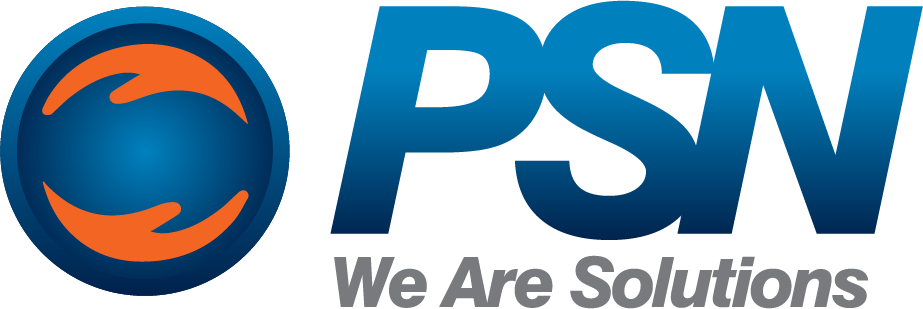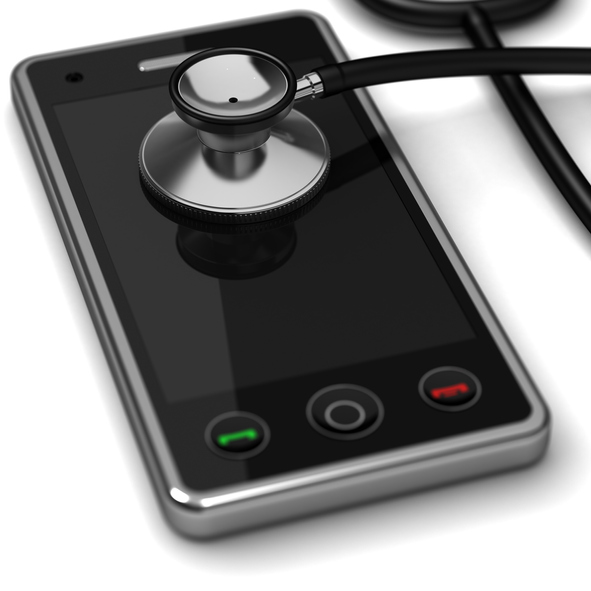Navigating beyond the glitz of innovative telemedicine technology requires understanding the essentials of telemedicine programs. The basic technology involved includes the tele-platform, the communication media, and software. The recent improved reimbursement of telemedicine by Medicare, private payors, and some Medicaid programs is a call to action for health delivery systems to develop these services or be left out of the projected multibillion dollar industry. Distinguishing your program through demonstrable outcomes that promote consumer confidence and provider satisfaction is not an easy task and requires ongoing product management.
Avoid the pitfalls with a comprehensive assessment of organizational readiness, system capabilities, risk, and a well-planned small pilot of the service. Too often teams get lost in the ideal versus the practical approach, unnecessarily driving up costs that delay or prematurely stop the initiative. One approach to the assessment is to utilize existing industry standards for a gap analysis. These standards may include the ClearHealth Quality Institute telemedicine accreditation endorsed by the American Telemedicine Association, or the URAC telehealth accreditation standards.
Team members should go beyond management and information technology personnel and consider including consumers, diverse specialty provider representation, clinical staff, communications, quality analyst, reimbursement analyst, medical records representative, legal advisor, and care coordinators.
Risk includes both financial and operational considerations to both the health delivery system and the consumer. The Center for Connected Health Policy provides updated legislative and regulatory information pertaining to definitions, and the reimbursement landscape of telemedicine. A resource that assists with foundational compliance areas is The Center for Connected Health Policy Infographic which provides the Spring 2018 50 States Summary of Telehealth Laws. Agreeing on the scope of service offerings to align with the applicable statutory definition of telemedicine provides a method for ensuring operational compliance. In addition to the existing HIPAA privacy and security regulations, the areas of provider licensure and credentialing, consumer consent, private payer laws, tele-provider location, any additional requirements for online prescribing, and reimbursement requires a deep dive. Knowledge experts can evaluate program structure, proposed policies and procedures, software capabilities, against compliance requirements, and establish measurable quality indicators and tracking systems.
Partner…Don’t waste time and resources when a proven strategic partner is available to leverage mutual objectives. There are several newly accredited telemedicine service providers that can assist with triage, behavioral health, and specialty practice areas. Most of these vendors have premiere real time video capability that enhances the encounter for both the consumer and provider.
Tele-Jargon… Keeping up with the lingo and ensuring all team members are on the same page can be assisted through a tele-jargon virtual dictionary assigned to one team member to update and post. Start each project meeting by stating the definition of the term being discussed and how it is deployed.
m-health AKA Mobile Health is another tool for telemedicine in which wireless devices or mobile phones are deployed via an application to directly interact with the consumer. Example: The Heart Failure electronic text messaging App to recently discharge patients for symptom recording and medication reminders is one of the hospital m-health programs.
Remote Patient Monitoring is utilized in chronic conditions that allows for exchanging personal health information pertaining to their clinical status from a patient residing at home via electronic devices usually with biosensors (weight, heart rate, oxygen saturation, glucose, or blood pressure., etc.) to their provider for the purposes of managing their condition, reduce acute exacerbations, enhance patient compliance, or reduce readmissions. Remote patient monitoring is usually deployed in heart failure, diabetes, or COPD chronic condition programs by practices, home health, or disease management programs. Example: The diabetes clinic utilized the Freestyle Libre for continuous monitoring of glucose for patients initiating insulin pump protocol. The nurse coordinator and treating provider are able to receive directly via software application of the device the patient’s glucose level through the electronic medical record displayed hourly to determine treatment decisions.
Synchronous is real time interaction with a two-way communication channel either video or audio or both. Example: The e-visit wellness program deploys a synchronous communication channel through the video camera and speakers of the users’ laptops. The patient and provider are seeing and speaking to each other in real time although they are in different locations.
Telehealth AKA Telemedicine are terms used interchangeably, pick one and be consistent for all program communications. Telehealth goes beyond the diagnosis and treatment encounter and includes education, public health, and health administration via the use electronic information and telecommunication technology. Telemedicine is traditionally the diagnosis and treatment of clinical conditions utilizing technology.
Resources are a click away…..
American Telemedicine Association
www.americantelemed.org
The Center for Connected Health Policy
http://cchpca.org
About Christine Leyden, MSN, RN, ACM-RN
As a nurse executive, Christine’s wealth of health care quality expertise includes accreditation, professional certification, health policy, international program development and managed care. Christine has authored numerous case management, disease management and health care quality publications. As an independent consultant Christine has leveraged innovative technology for revenue enhancing program expansion. She holds a Bachelor of Science in Nursing from Fairleigh Dickinson University, a Master’s Degree in Community Health Nursing from Catholic University of America, and currently pursuing a PhD in Nursing focused on chronic illness remote monitoring.
About Professional Services Network, Inc.
Professional Services Network, Inc. (PSN) works with clients nationwide in the search and recruitment of experienced healthcare professionals in managed care and clinical roles for temporary assignments and direct hire opportunities. Additionally, PSN’s consultants work with organizations and providers seeking accreditation or re-accreditation with URAC or NCQA. For additional information regarding our services contact us at 301-460-4089 or email us at [email protected].





